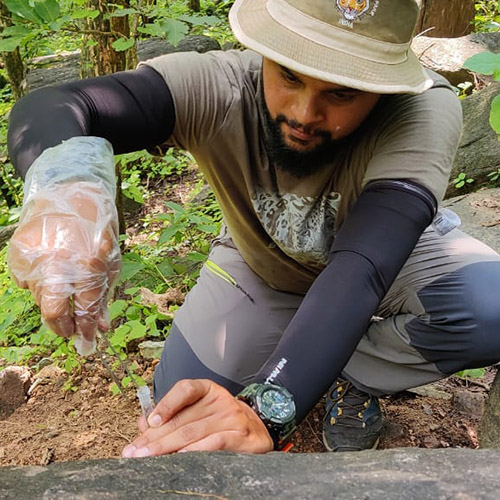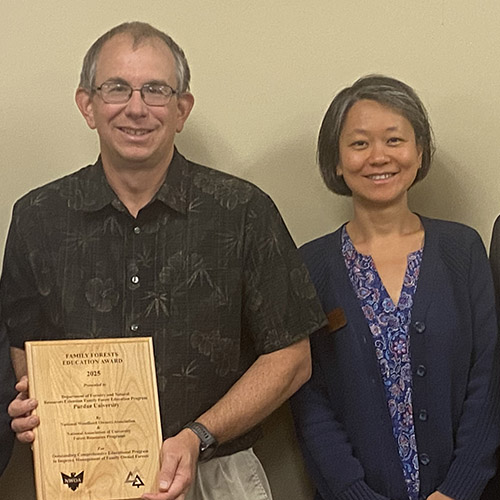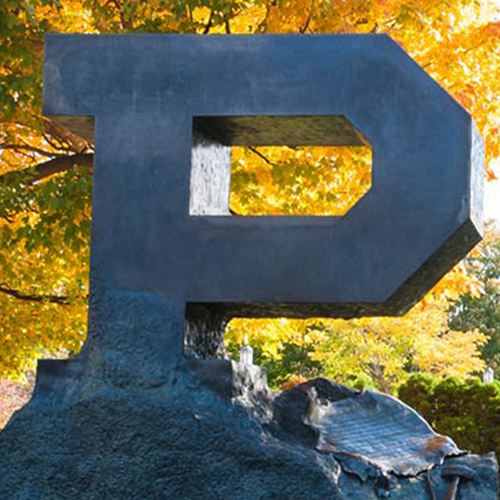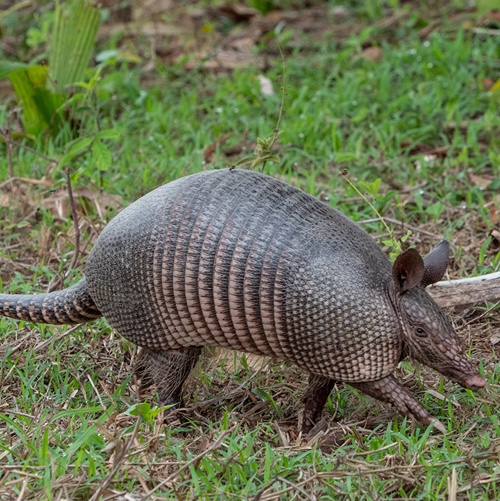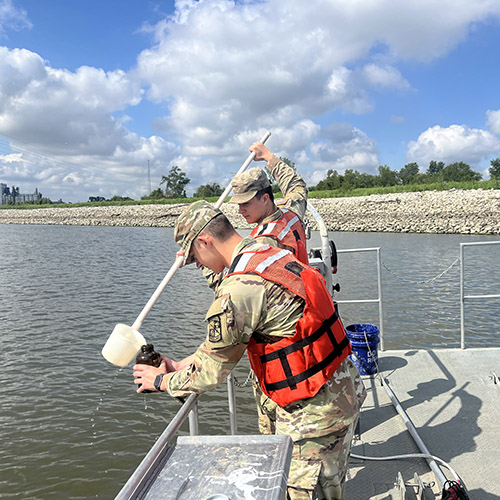WPMPE
Wood Products Manufacturing Process Engineering
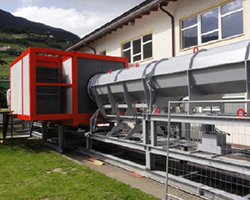
Quality Scanner in action.
This project will help the primary and secondary wood processing industries in the United States formulate their technological, manufacturing and management strategies to increase their competitiveness amidst ever-increasing economic, societal and environmental concerns.
The aim is to develop tools and applications that enable use of wood scanning technology in the hardwood industry, demonstrate wood scanning technology to the U.S. wood industry and allow benchmarking for lean manufacturing and supply chain management performance in general.
After several years of software development to create algorithms that could assess quality of hardwood logs and lumber, this project tested an automated scanner, the Microtec Goldeneye 300 Multi-Sensor Quality Scanner, which utilized color cameras, lasers and an x-ray sensor, to grade more than 1000 boards from each of nine different commercial species: ash, basswood, cherry, hard maple, hickory, red oak, soft maple, white oak and yellow poplar.
Results showed the scanner was 92.22 percent on-grade accurate and 99.5 on-value accurate, well above the National Hardwood Lumber Association requirements, and better than that of human counterparts.

